9/11 Memorial and Museum
June 19, 2018
9/11 Memorial
and Museum
One of the
things that I wanted to be sure to visit while we were in New York City was
Ground Zero and the 9/11 Memorial and Museum. We had not visited the site since
the early spring of 2002, when recovery was still actively going on and the
area was still in a devastated condition. At that time the site was basically a
huge hole in the ground full of heavy equipment that was still sorting through
and removing rubble. Surrounding the site was a wooden temporary wall that was
completely covered by photos of those killed in the attacks as well as messages
of love and support for the survivors, the families of those lost, the first
responders and even the construction crew that had the grim job of excavating
the terrible debris.
Memories of
September 11, 2001 are still as fresh and visceral to me today as I am sure
they are for most Americans and I felt it was about time that I visited the
memorial and museum. We purchased tickets for a guided tour of the memorial. I
am not generally a guided tour kind of person, but this one was excellent and
we learned way more than we might have otherwise with our excellent guide.
I know that the
design of the Memorial and construction of the Freedom tower were somewhat
controversial as plans were being discussed, but what they have created is
truly awesome, reflective and inspiring. The memorial is a forest of white
swamp oak trees that outline the perimeter of where the twin towers that were
destroyed in the attack once stood, twin huge reflecting pools mark the outline
of the former buildings. The pools are surrounded by bronze parapets that hold
the names of each of the 2,977 victims who perished in the attacks.
It is a
beautiful tribute to those lost and to those who helped rescue so many more. It
is estimated that over 14,000 people were inside the twin tours as it was
attacked, so the rescue effort is truly remarkable and something that is often
overlooked when considering that day. It was a perfect sky blue day as we
toured the site, viewing the names and considering what had taken place there.
Kathy searched
through the names to find a friend from her high school days at Proctor Academy
who was lost that day, Edward Francis Maloney III. It was a pretty emotional
thing to see someone you know memorialized like that. Scattered among the names
were a few single white roses, the park staff place a white rose on each name on
the date of their birthday as a memorial offering and it brings home the
tragedy even more.
There were a
number of children and young adults touring the site and it seems startling to
me to think that most of them were not even born when the attacks occurred and
yet have grown up their entire lives in the shadow of that day’s influence and
all that it means to our way of life.
If the memorial
is beautiful and touching, the museum is heartwrenching. Inside the massive
underground caverns that house the museum and are located at the very bedrock
of the original buildings, the museum offers silent testimony to what happened.
In addition to
areas devoted to the victims and where you can learn more about them, there are
the terrible remnants of that day on display. From crushed fire engines and
police vehicles to partially burned random papers from the offices once housed
in the twin towers, the massive amount of fairly ordinary objects completely
destroyed and sometimes unrecognizable give testimony to the terrible power of
the destruction.
It was the
smaller more personal items that really got to me though, a seatbelt from one
of the planes that plunged into the towers for example. Some poor lost soul was
strapped in to their seat with that seatbelt and it just seems so terrible and
random. The collection includes more than 40,000 images, 14,000
artifacts, more than 3,500 oral recordings, and over 500 hours of video.
The entire experience is at once sad and overwhelming,
but there was one part that left us feeling especially hopeful, the Survivor
Tree. A callery pear tree recovered from the rubble at the World Trade Center
site in October 2001 was later called the "Survivor Tree". When the
8-foot (2.4 m)-tall tree was recovered, it was badly burned and had one
living branch.
Not expected to survive the tree was taken to a nursery
in the Bronx and surprisingly was nursed back to health, making a miraculous
full recovery. The tree was returned to the World Trade Center site in a
special ceremony in December, 2010 and today stands as a living reminder of the
thousands of survivors of the attacks who persevered in the face of such
tragedy.
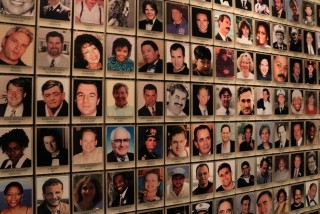
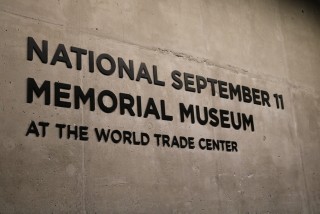
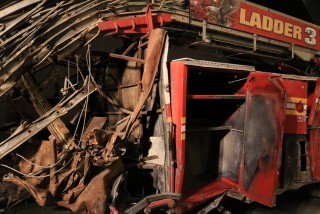

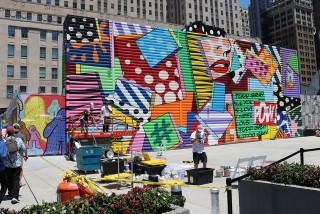
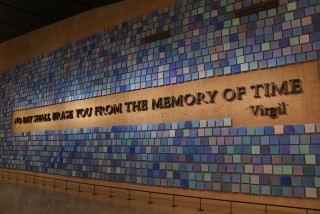
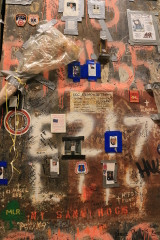
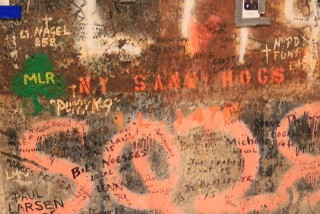
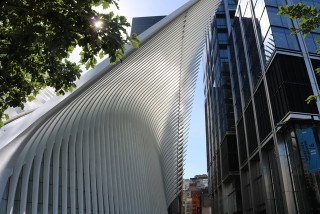
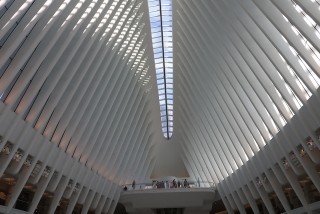
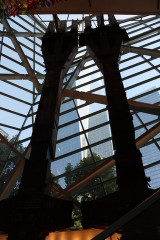
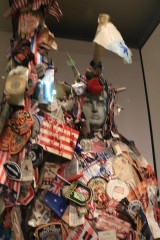
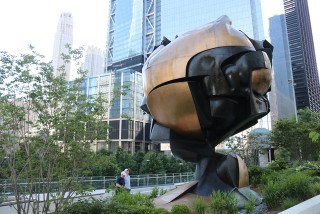

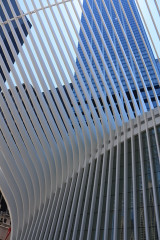
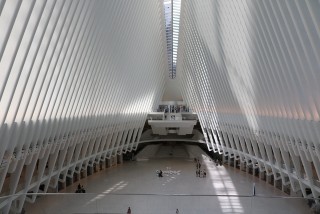
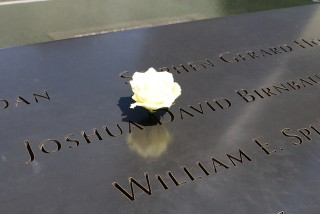
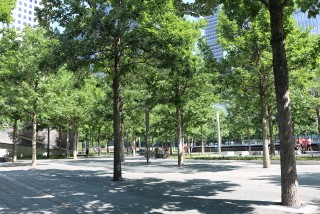
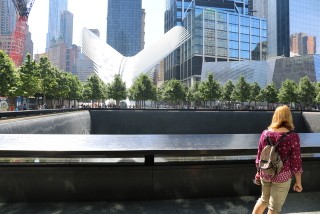
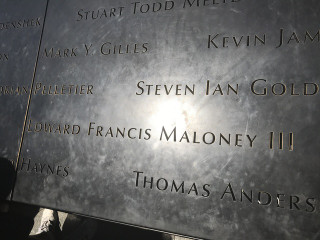
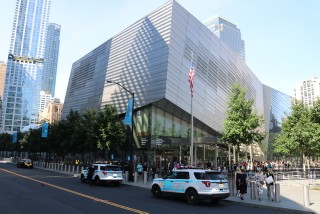
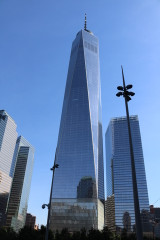
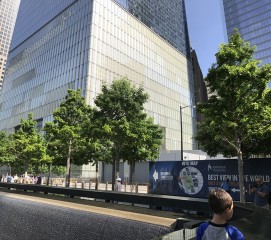
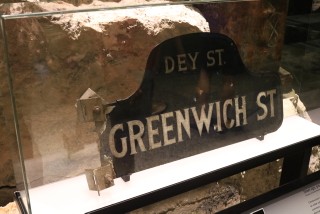
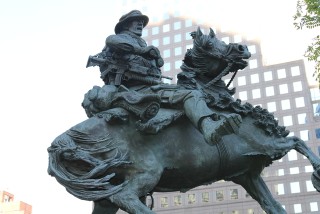
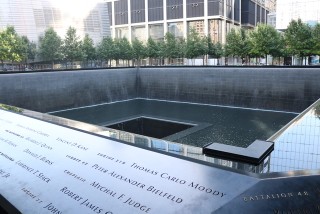
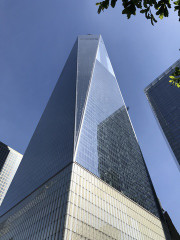
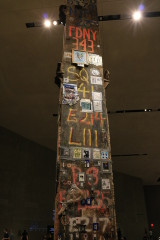
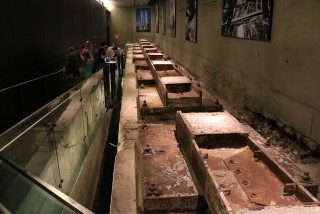

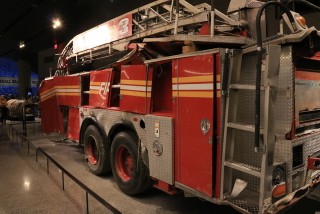
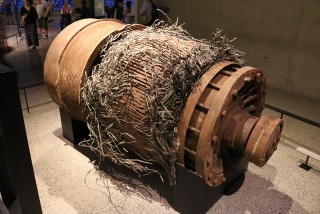
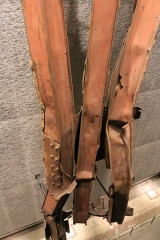
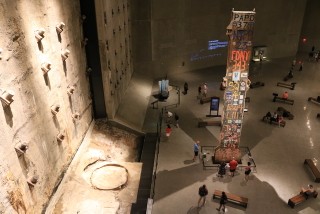
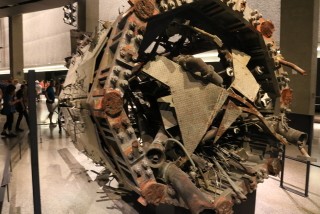
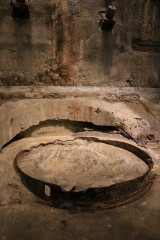
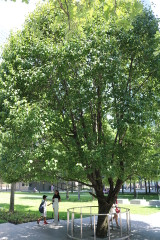
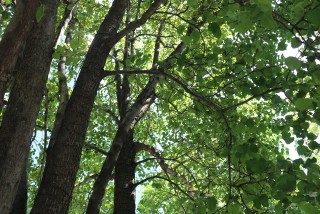
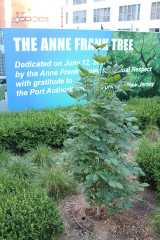
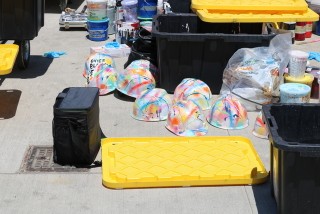
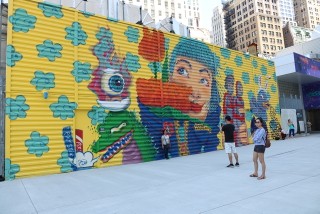

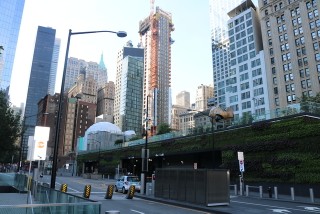



0 Comments:
Post a Comment
<< Home